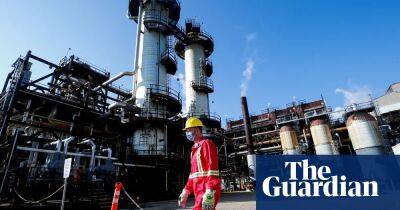How retrofitting the UK’s old buildings can generate an extra £35bn in new money
R etrofitting the UK’s historicsl buildings, from Georgian townhouses to the mills and factories that kickstarted the Industrial Revolution, could generate £35bn of economic output a year, create jobs and play a crucial role in achieving climate targets, research has found.
Improving the energy efficiency of historical properties – those built before 1919 – could reduce carbon emissions from the UK’s buildings by 5% each year and make older homes warmer and cheaper to run, according to a report commissioned by the National Trust, Historic England and leading property organisations.
Nearly a quarter of all UK homes, 6.2m properties, were built before 1919 and almost a third of commercial properties, about 600,000, are also historical sites. They are responsible for about a fifth of the nation’s greenhouse gas emissions, with old buildings accounting for a significant proportion.
Retrofitting older buildings – such as ensuring their windows and heating systems are more energy efficient – lowers emissions and can prolong their lifespan. It avoids the carbon emissions caused by knocking down and building from scratch, in particular the large amount emitted from cement and steel produced by construction.
A national retrofitting campaign would lead to an extra £35bn of economic output annually, through construction activity and knock-on benefits for the tourism and hospitality sectors, according to the report, whose backers include the housing association Peabody, the crown estate and Grosvenor, the Duke of Westminster’s property firm.
Peabody Avenue in Pimlico in London, two terraces of staircase-access flats built in 1876 and owned by Peabody, was used as part of a pilot to understand how to sensitively retrofit heritage
Read more on theguardian.com


















